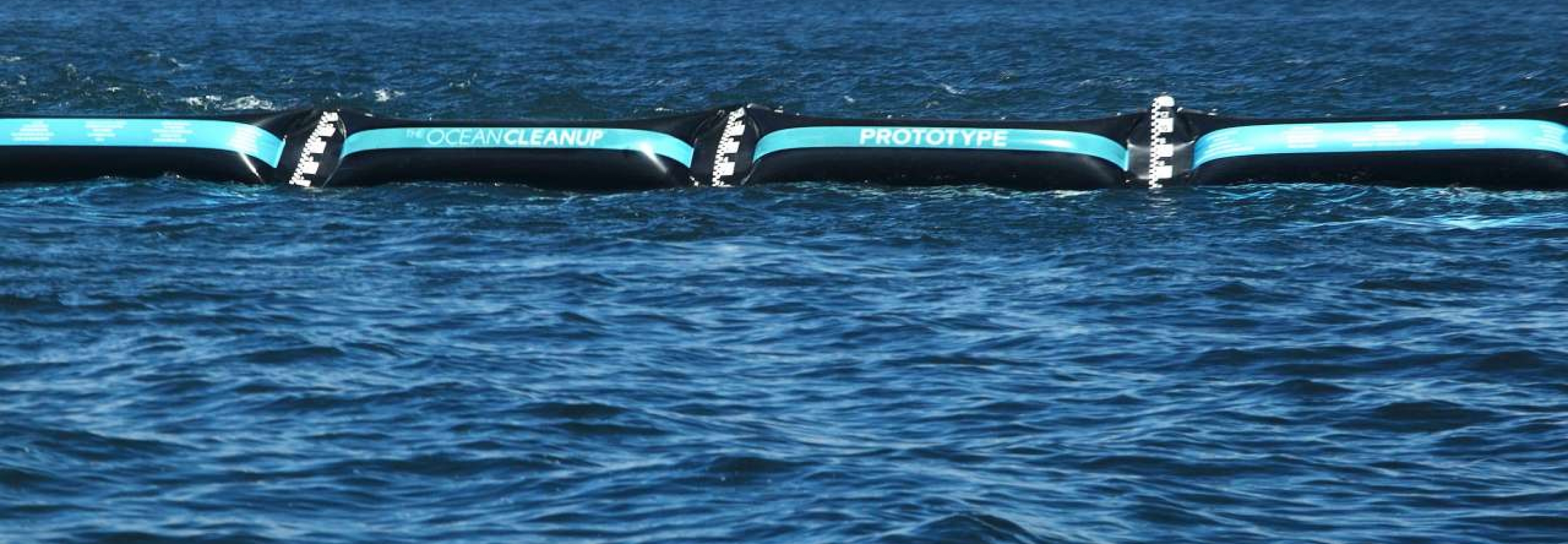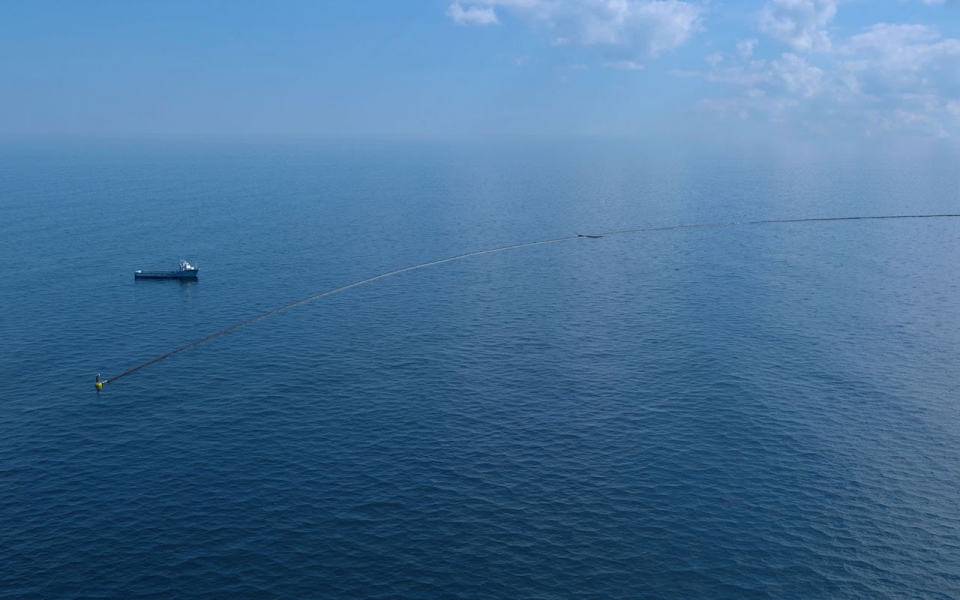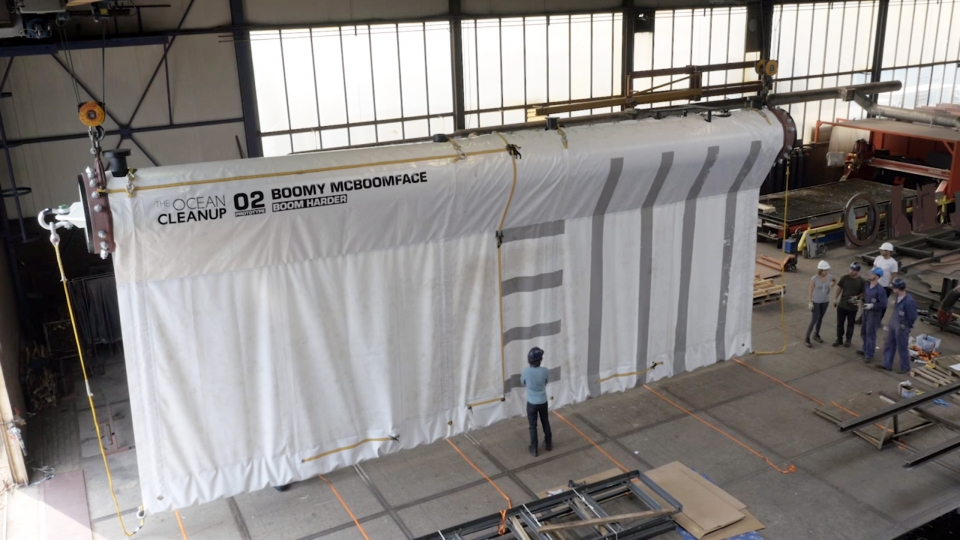
Specials
RKT Tholen contributes to 'vacuum cleaner' from The Ocean Cleanup
RKT Tholen contributes to the 'vacuum cleaner' of The Ocean Cleanup. Dutch inventor Boyan Slat aims to clean up plastic in the Pacific Ocean. RKT Tholen supplied the PE anchors for the 'ocean vacuum cleaner'.
Boyan has developed a U-shaped plastic arm that floats with the current. Cleaning the Pacific Ocean with vessels and nets would take many thousands of years and cost billions of dollars. With his' ocean vacuum cleaner ', Boyan expects to be able to clean up half of all waste in five years' time.
Advanced technique
The 'ocean vacuum cleaner' consists of a U-shaped float that is placed on the open sea. By hanging anchors under the installation, the installation moves more slowly than the plastic on the flow. The flow propels the plastic, after which it concentrates under the influence of the shape of the barrier in a collection zone in the middle. From there, the waste can be collected and brought to shore for recycling. RKT International supplied the anchors for the installation. The anchors are made of PE and hang 500-700 meters below the water surface.
Because the installation floats, it behaves like plastic and floats to the places where the most waste is.


How does The Ocean Cleanup work?
Duurzame drijver
De drijver is gemaakt van HDPE, een extreem duurzaam en recyclebaar materiaal. De drijver zal samen met het scherm plastic concentreren en opvangen. De één tot twee kilometer lange pijp is flexibel genoeg om op de golven mee te bewegen en sterk genoeg om zijn U-vorm te behouden.
Plastic onder het wateroppervlak
Het meeste plastic drijft op of vlak onder het wateroppervlak. De ‘stofzuiger’ wordt daarom uitgerust met een ondoordringbaar scherm om dit op te vangen. Het zeeleven kan onder het scherm doorzwemmen.
Ankers (gemaakt door RKT Tholen)
Hoe dieper onder het wateroppervlak hoe langzamer het water beweegt. De ankers remmen de installatie af.
Opvangen, concentreren en verschepen
Als de buffer waarin het gevangen plastic wordt opgevangen, vol is, neemt een schip dit mee voor recycling en verkoop.
Ocean Cleanup
Research
In June 2016 The Ocean Cleanup laid a 100 meter prototype off the coast of Scheveningen to carry out material tests. This system has since been removed again. The first working plastic catching system for the west coast of America will be tested at the end of 2017. If everything goes according to plan, the real cleaning of The Ocean Cleanup in the Pacific Ocean will start in the first half of 2018.